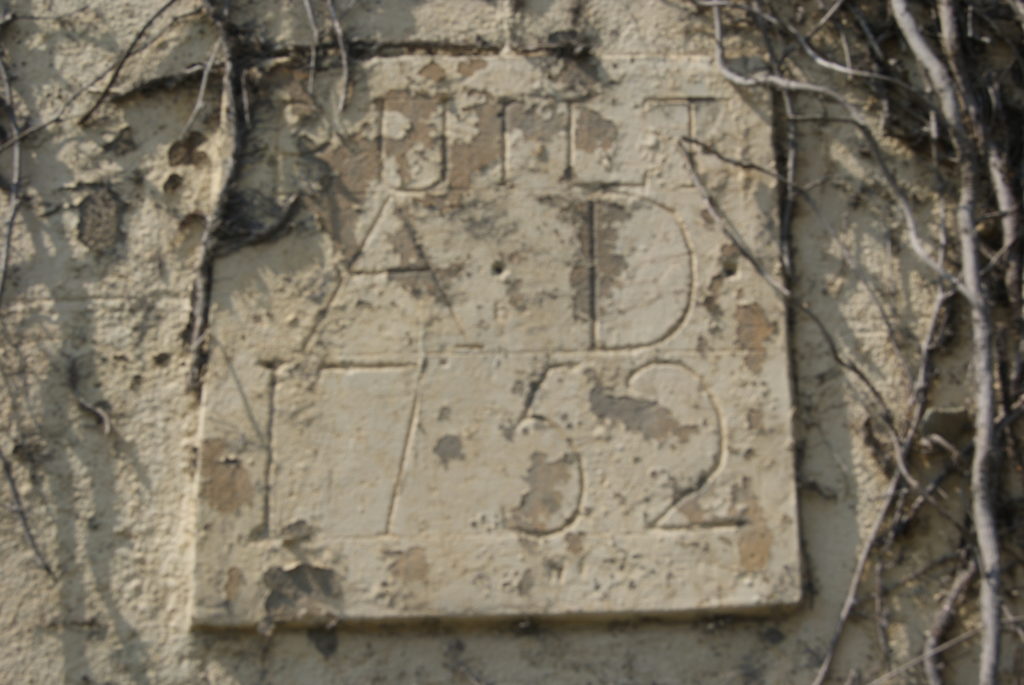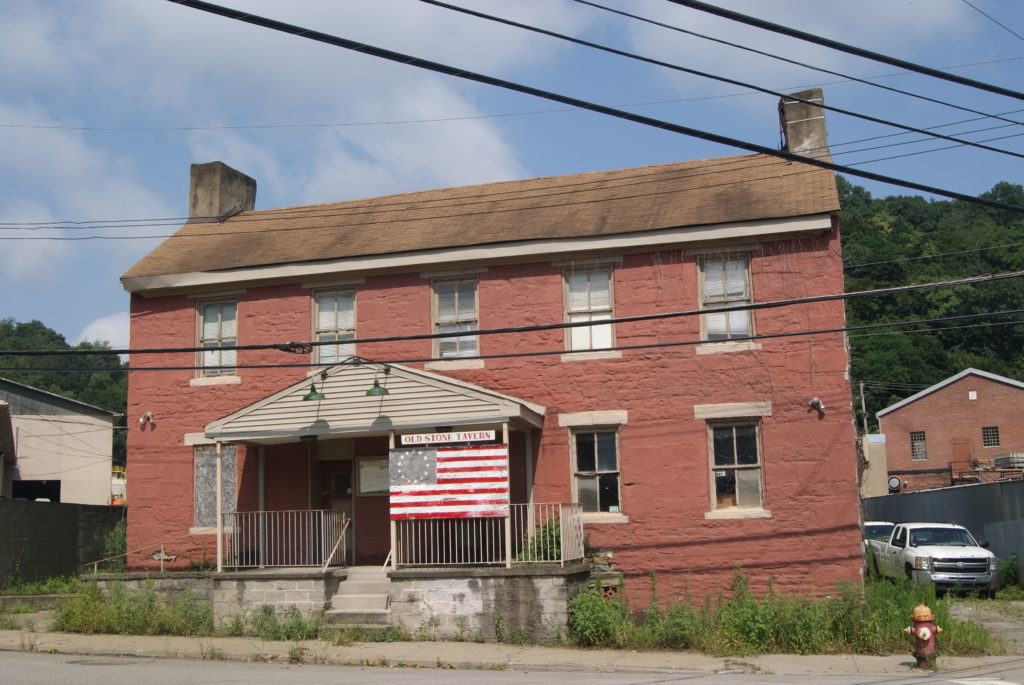In my last post, I blogged about the Pittsburgh area’s oldest tavern building. This week, I continue with the history of the neighborhood where the Old Stone Tavern stands. The history of Old Temperanceville is both fascinating, and very, very typical of Pittsburgh communities.
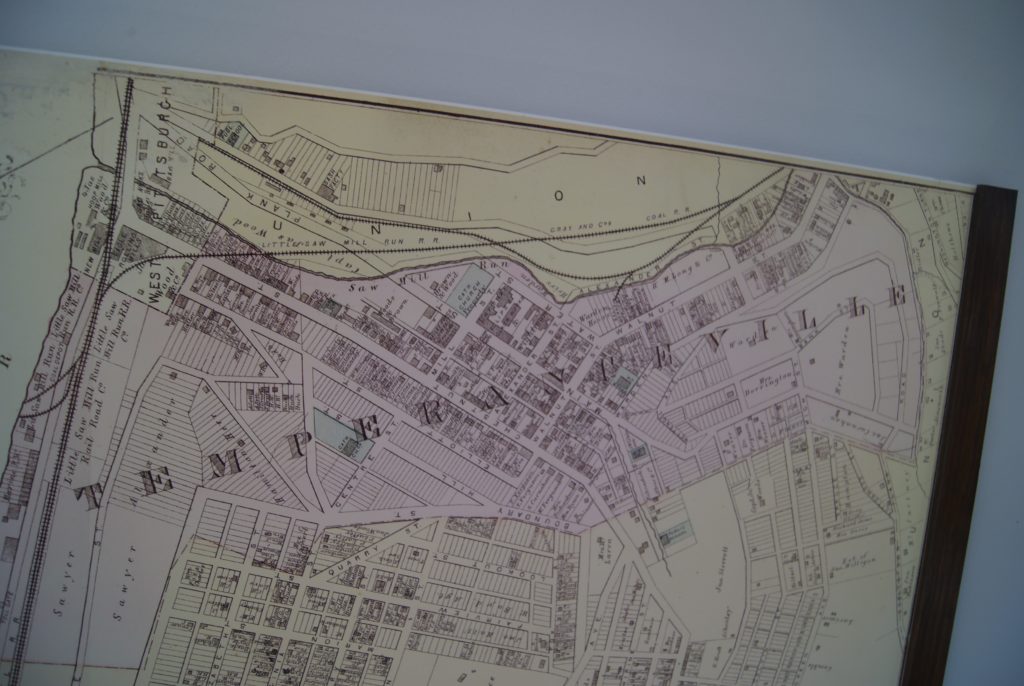
Early Temperanceville History
The present-day West End of Pittsburgh was part of St. Clair Township in the 18th century. In 1800, the northern and western sections of St. Clair broke off into Chartiers and Union Townships. Much of the land in Chartiers was owned by a gentleman named West Elliott (yes, the Pittsburgh neighborhood of Elliott is named for his family). Mr. Elliott was a gambler and he sold the land encompassing present-day West End in 1835 to pay off gambling debts. The new owners, Isaac Warden and John Alexander, laid out the town of Temperanceville in 1837. The deeds to the lots that they sold included a clause stipulating that no liquor may be sold on the parcel, or the lot would revert back to Warden and Alexander. Nevertheless, by the mid-1800s, several saloons flourished in Temperanceville.
The little town grew quickly. Businesses sprouted up to support the nearby coal mines, blast furnaces and iron mills. By the 1870s, Main, Wabash and Steuben Streets were paved roads, and Temperenceville businesses included the Sheffield Iron Works, Haller & Beck Salt Works, Duff’s Sawmill, Wood’s Rolling Mill, Hall’s Plow factory, Wightman Glass, and Taylor Salt & Chemical. A coke oven operated at the corner of Main & Woodville Streets.
The Slums of Temperanceville
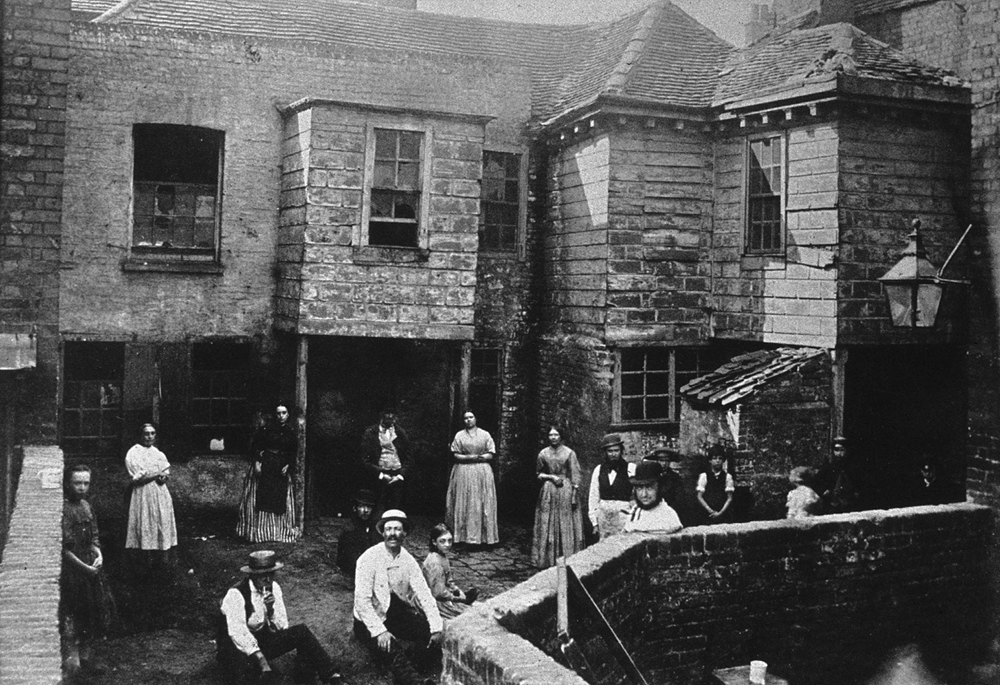
Life in a boom town isn’t always pleasant. The town flooded frequently, most catastrophically in 1874. Most of the streets were still dirt, and turned to rivers of mud after a rain or snow. Cows and chickens roamed the streets and free-ranging pigs rooted in the garbage. Sensible people knew to avoid the shantytown along River Road (present-day West Carson Street) at night. One woman who often had to go back and forth between West End and downtown Pittsburgh described it this way: “It required considerable courage to make a trip in comfort and safety to Saw Mill Run after nightfall…the only illumination after leaving the Smithfield Bridge came from the glare of the blast and puddling furnaces…the absence of gas lights and police in this district made it a refuge for toughs, who were dangerous to meet at all times, but particularly so after they had received a pay and were full of drink…Needless to say, if a passerby happened to get killed, it was an easy matter to throw his body into the river.”
Late 19th-century housing
A local official described the slum housing that climbed up the hillside from the Ohio River: “half a thousand people living there under conditions that were unbelievable – back-to-back houses with no through ventilation; cellar kitchens; dark, unsanitary, ill-ventilated, overcrowded sleeping rooms, no drinking water supply on the premises, and a dearth of sanitary accommodations…In one apartment, a man, his wife, and baby, and two boarders slept in one room, and five boarders occupied two beds in and adjoining room. In another apartment of the three rooms, the man, his wife and baby slept in the kitchen, their two boarders in a second room; and the third room was sub-let and occupied as a living and sleeping room by five persons – a man, his wife and child, and two boarders.”
The single water pump in this section served 91 households, a total of 568 people. It was located 75 steps below the top row of houses. Drainage chutes for both storm water and human waste dropped to open wooden gutters running between the houses.
Temperanceville Becomes West End
Temperanceville was absorbed into the City of Pittsburgh in 1872, and continued to grow, from a population of 2768 in 1880 to 3725 by 1900. Slavs, Hungarians, and Poles joined the English, Irish and Germans in the neighborhood. Small industries gave way to commercial buildings like banks, shops and real estate offices. The West End became a shopping, transportation and entertainments center for the Crafton/western Pittsburgh area. Wooden houses were replaced by the tall brick row houses seen today in the neighborhood. The West End boasted many social clubs, fraternal lodges, churches, choral and drama societies, and a dance school and baseball league.
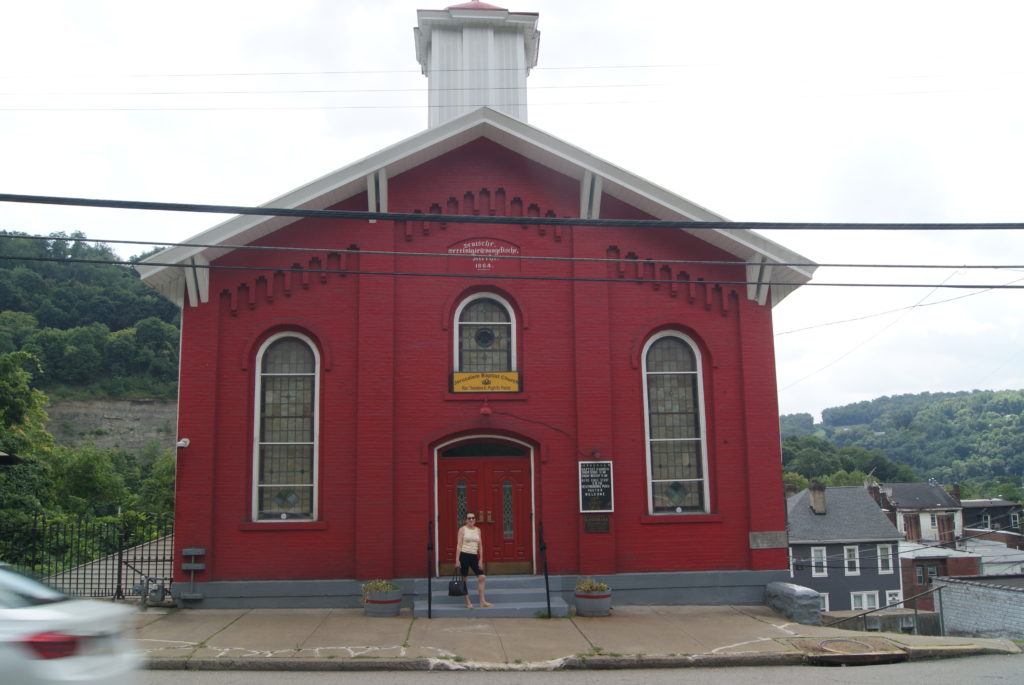
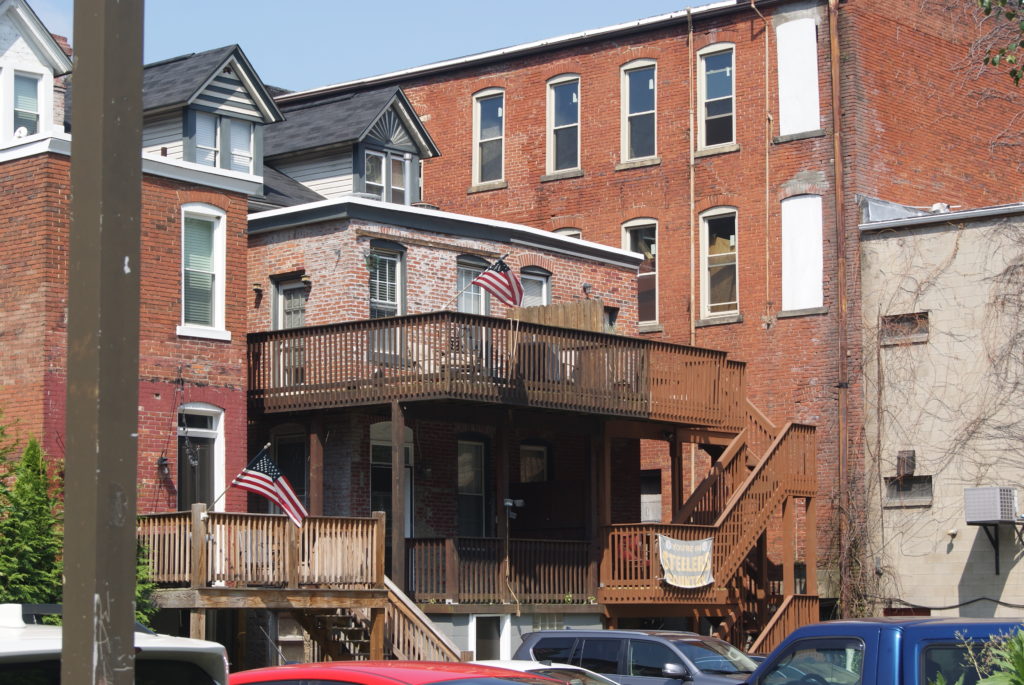
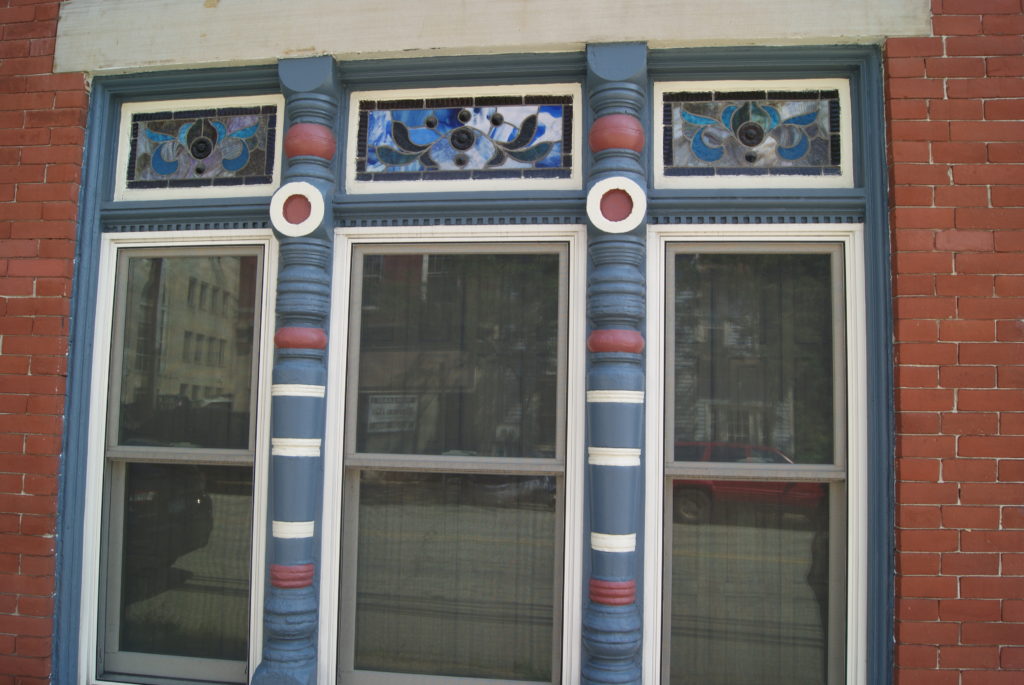
The neighborhood endured a period of decline in the late 20th century, but shows signs of bouncing back. The lovely old Carnegie Library, dating to the 1890s, still stands and is a lively community hub. Local businesses include a yoga studio, a stone and tile showroom, an art gallery and an antique store. I had a delicious vegetarian panini and iced chai latte at Café 412, a pretty little coffee shop in Main Street. Life in old Temperanceville sure has improved since the days of wooden gutters and wandering pigs!
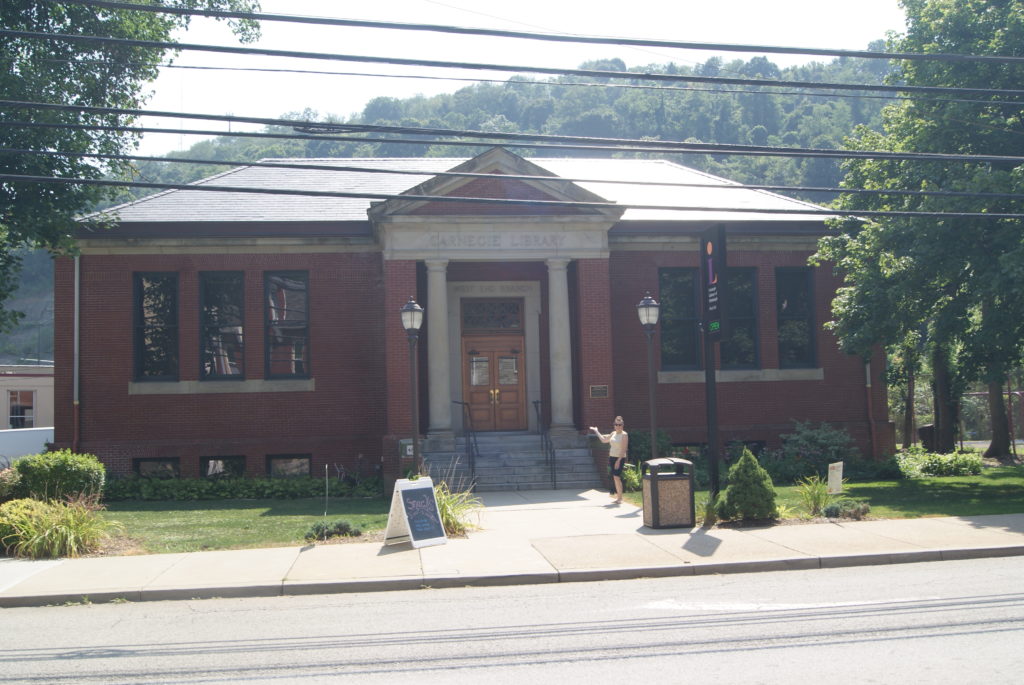
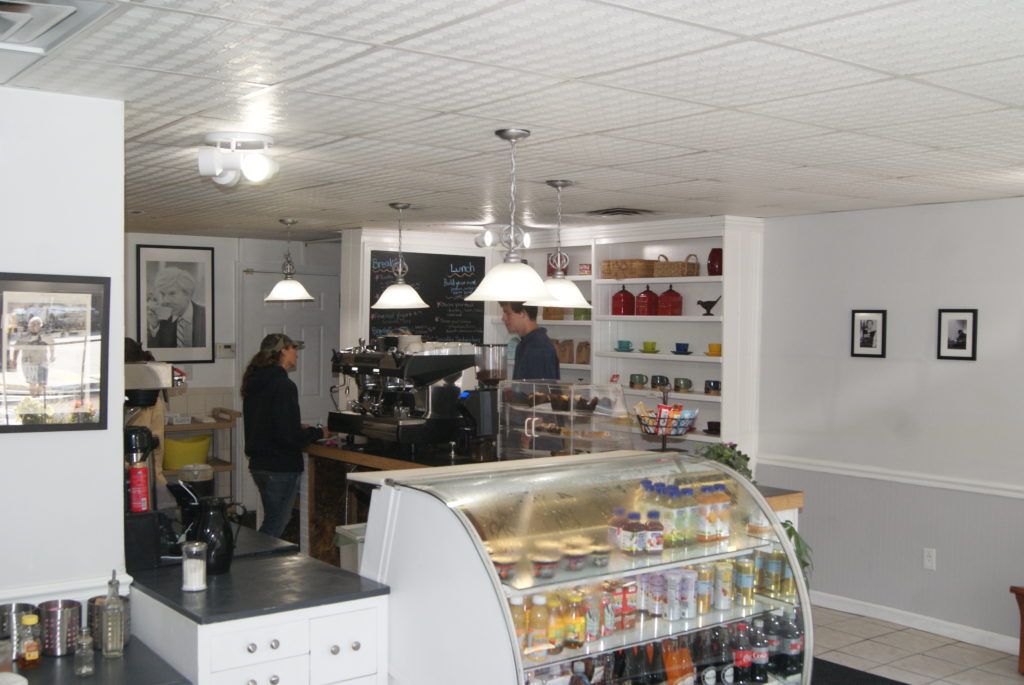
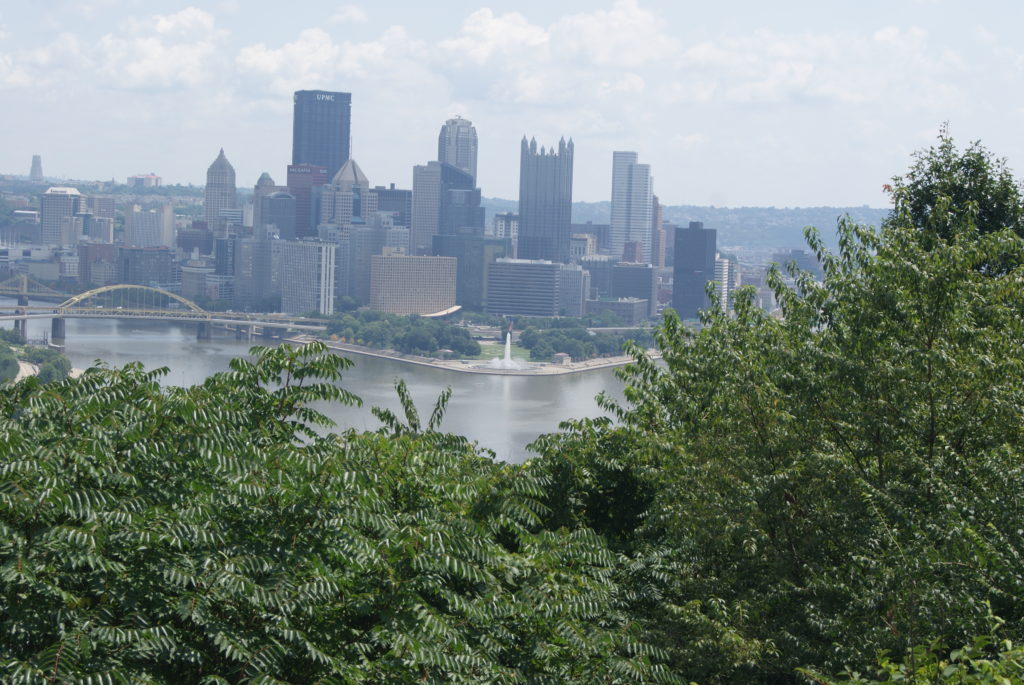
Sources
A special shout-out to Emily Ahlin and Maria Joseph of the West End branch of Carnegie Library. The history closet at the West End branch was a wealth of information. Thanks!
Lawrence, Peter, A Geographical History of West End and Elliott and the Neighboring Southwest Pittsburgh Area: City of Pittsburgh Planning Department, 1973.
Fording, Arthur M., Recollections and Reminiscences of West End – Pittsburgh, PA: Self published circa 1950.


